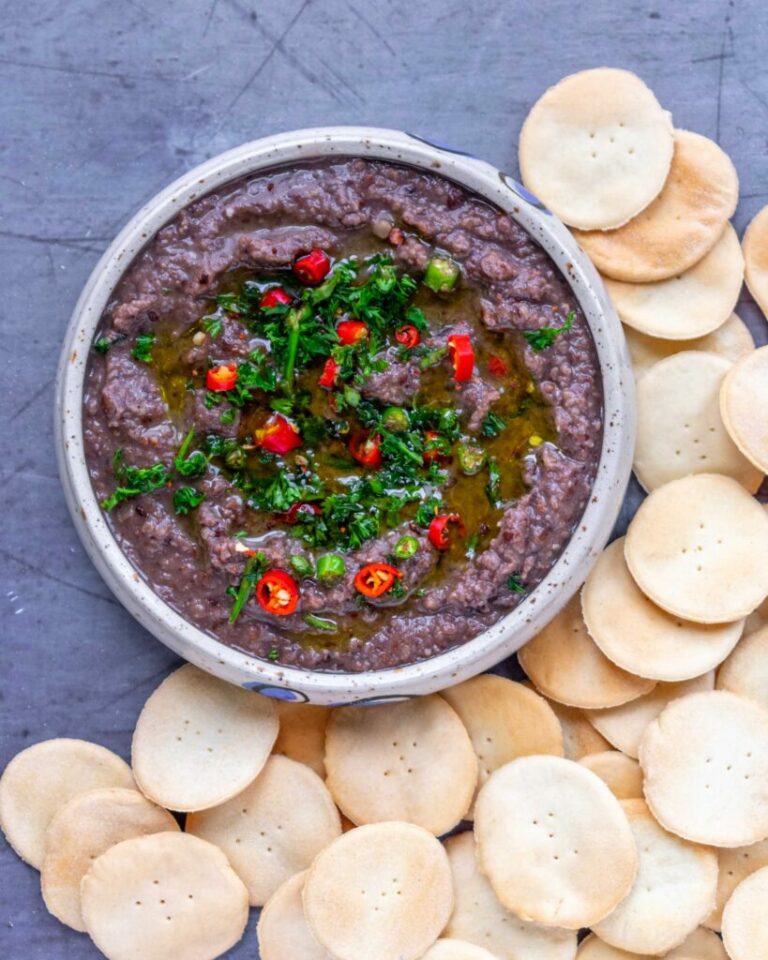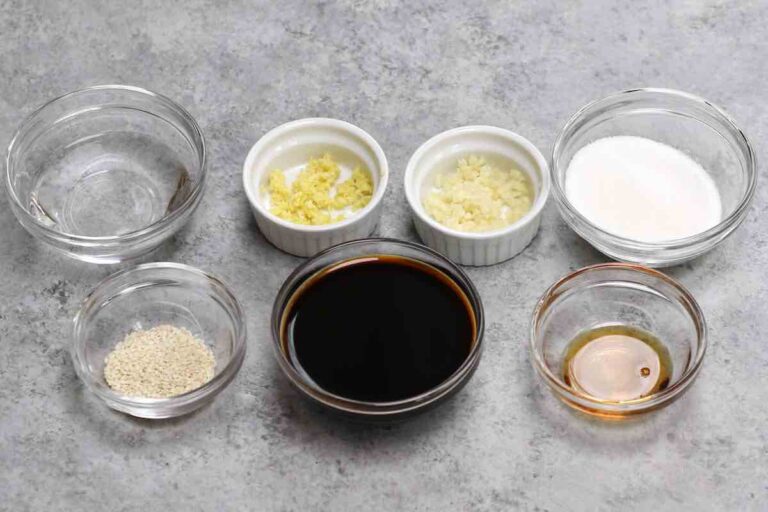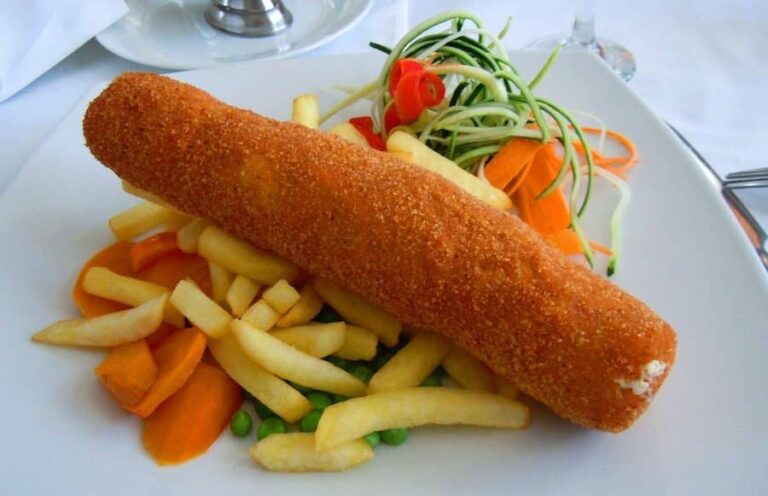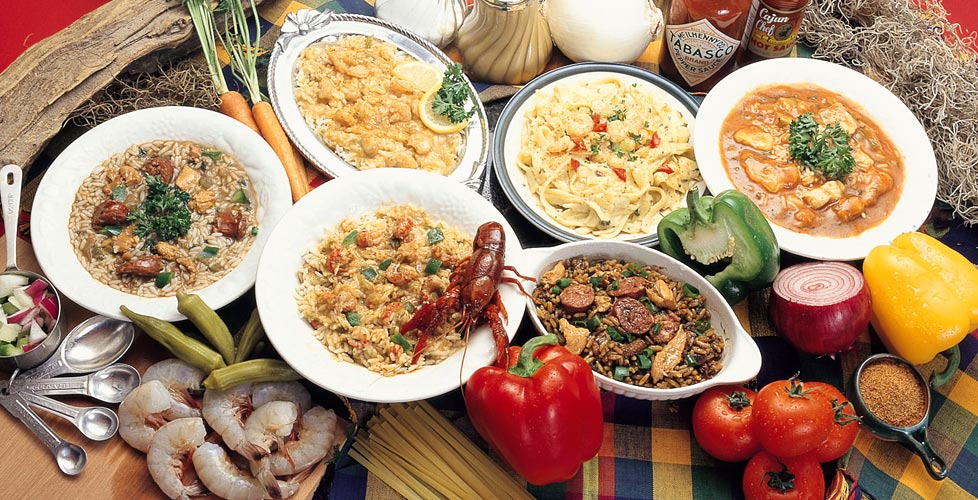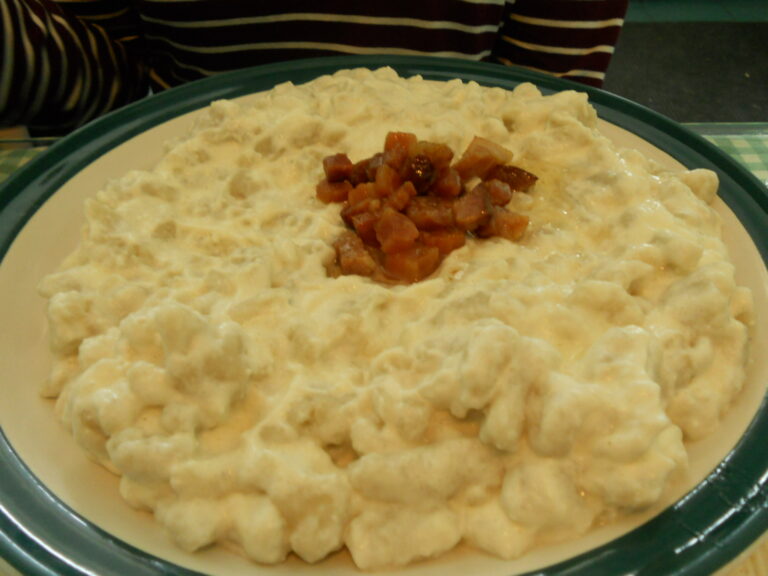Introduction: Condiments and Sauces in Maltese Cooking
Maltese cuisine is a fusion of various Mediterranean flavors and influences, and the use of condiments and sauces plays a vital role in it. Maltese dishes are known for their bold and robust flavors, and condiments and sauces are an excellent way to add depth and complexity to these dishes. From dips to spreads, relishes to sauces, Maltese cooking has a vast range of condiments and sauces that are used to enhance the taste of dishes.
Tomato Paste: The Base for Many Maltese Sauces
Tomato paste is a staple ingredient in Maltese cuisine, and it serves as a base for many sauces. It is made by cooking tomatoes and reducing them to a thick paste. This paste is then used to make various sauces such as the famous Maltese pizza sauce. The pizza sauce is made by mixing tomato paste with garlic, olive oil, and salt, and it is used as a base for traditional Maltese pizzas. Tomato paste is also used to make pasta sauces, stews, and soups. It is a versatile ingredient that adds a rich and robust flavor to dishes.
Kapunata: A Delicious Maltese Vegetable Relish
Kapunata is a traditional Maltese vegetable relish that is made with eggplant, onions, tomatoes, and peppers. The vegetables are sautéed until they are soft and then seasoned with basil, garlic, and vinegar. Kapunata is typically served as a side dish or as a condiment to bread and crackers. It is a delicious way to add vegetables to your diet, and it is also a great way to use up leftover vegetables.
Bigilla: The Vibrant Bean Dip of Malta
Bigilla is a vibrant bean dip that is made with fava beans, garlic, olive oil, and lemon juice. The beans are mashed together with the other ingredients until they form a smooth paste. Bigilla is typically served as a dip with Maltese bread or crackers, and it is a perfect appetizer for any occasion. It is a healthy and flavorful dip that adds a burst of flavor to any dish.
Ħelwa tat-Tork: A Sweet Tahini-Based Condiment
Ħelwa tat-Tork is a sweet condiment that is made with tahini, sugar, and vanilla. It is a traditional Maltese sweet that is typically served with bread or crackers. The tahini gives the condiment a nutty and savory flavor, while the sugar and vanilla give it a sweet and aromatic taste. Ħelwa tat-Tork is a perfect way to satisfy your sweet tooth, and it is also a great way to add flavor to bread and crackers.
Kunserva: A Versatile Tomato-Based Sauce
Kunserva is a tomato-based sauce that is made by cooking tomatoes until they become a thick paste. It is a versatile sauce that can be used in many dishes such as pasta, pizza, and stews. Kunserva is typically seasoned with garlic, salt, and basil, which gives it a rich and robust flavor. It is a staple ingredient in Maltese cuisine, and it is used to add depth and complexity to many dishes. Kunserva is an excellent way to add the flavor of tomatoes to your dishes without the excess liquid.
In conclusion, Maltese cuisine has a vast range of condiments and sauces that are used to enhance the taste of dishes. Tomato paste, kapunata, bigilla, ħelwa tat-Tork, and kunserva are some of the most commonly used condiments and sauces in Maltese cooking. These condiments and sauces add depth and complexity to dishes and are an essential part of Maltese cuisine.

